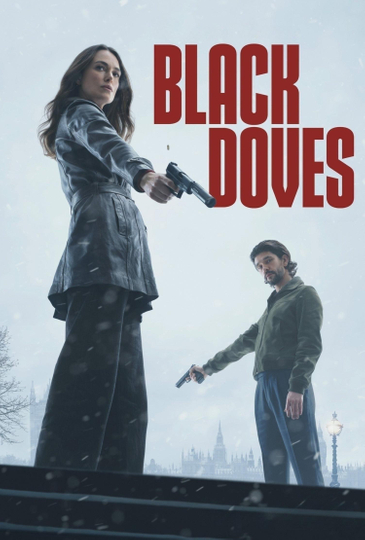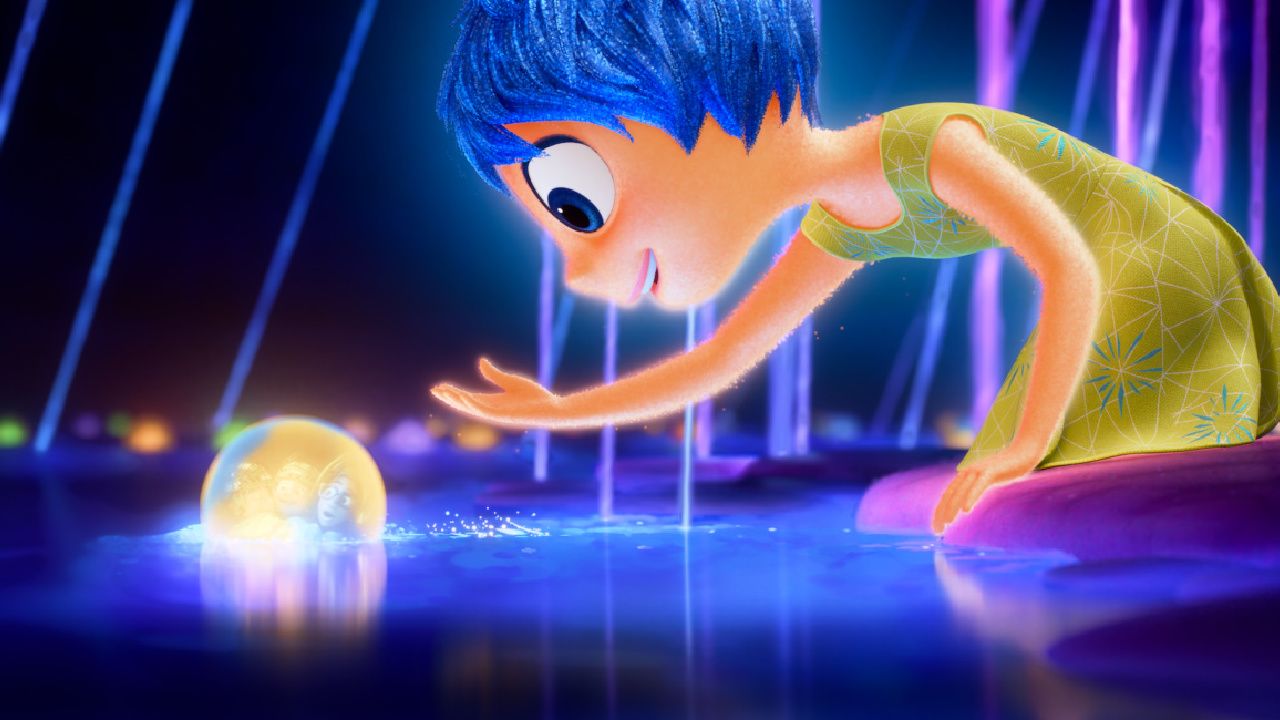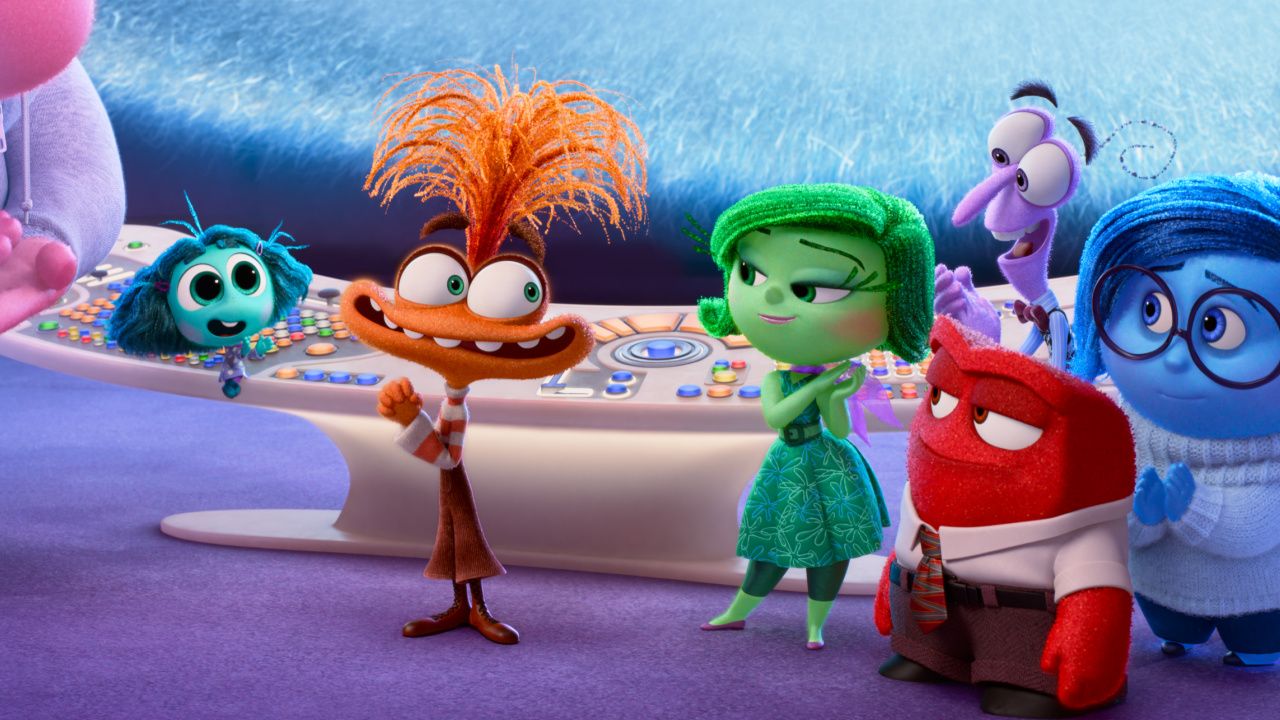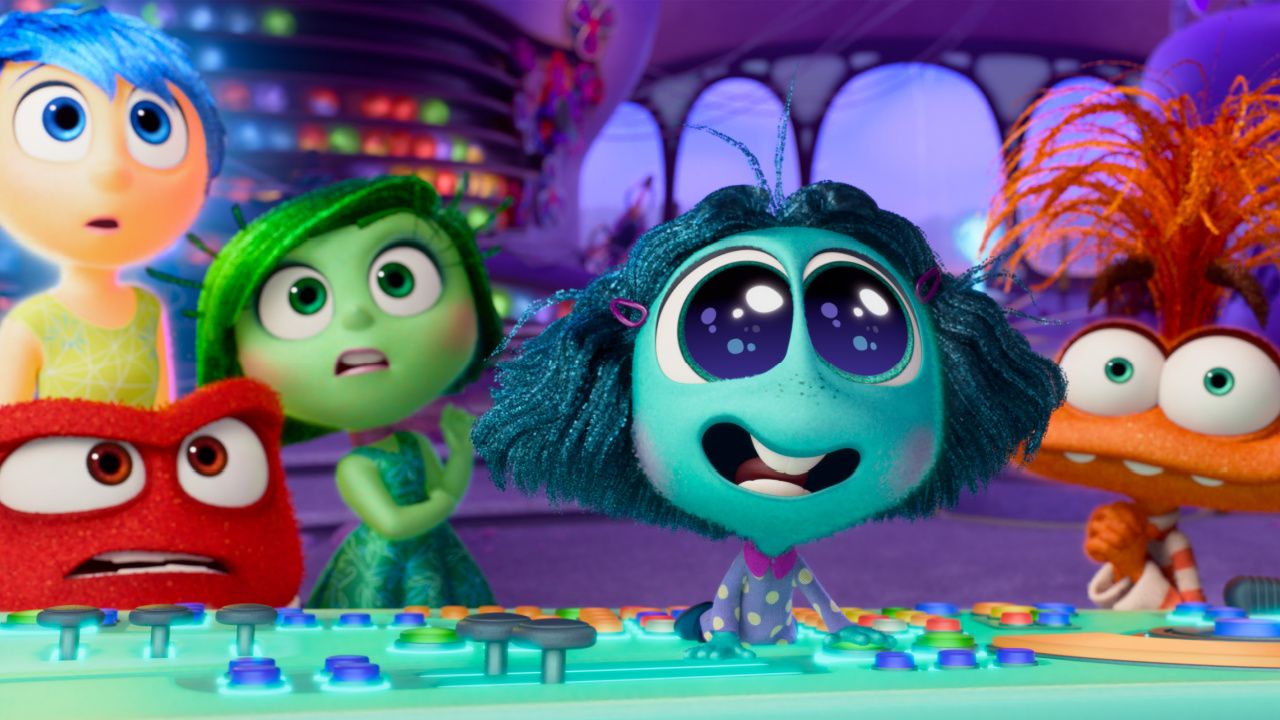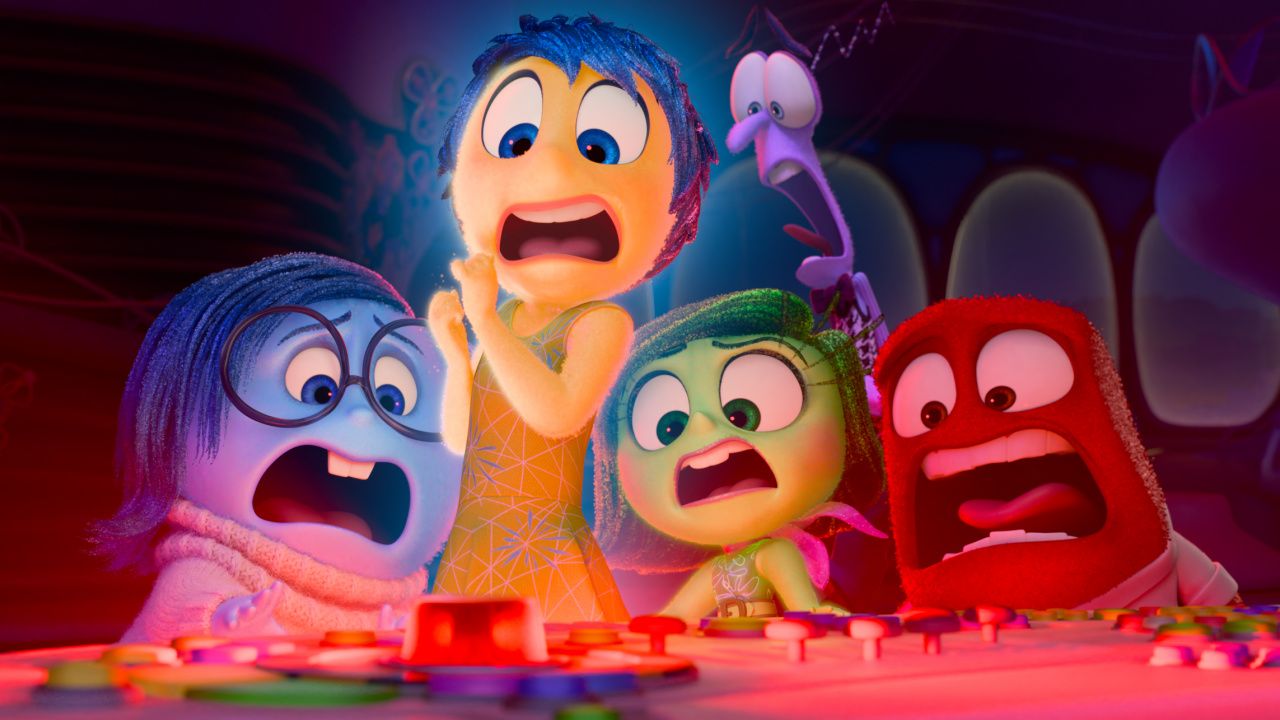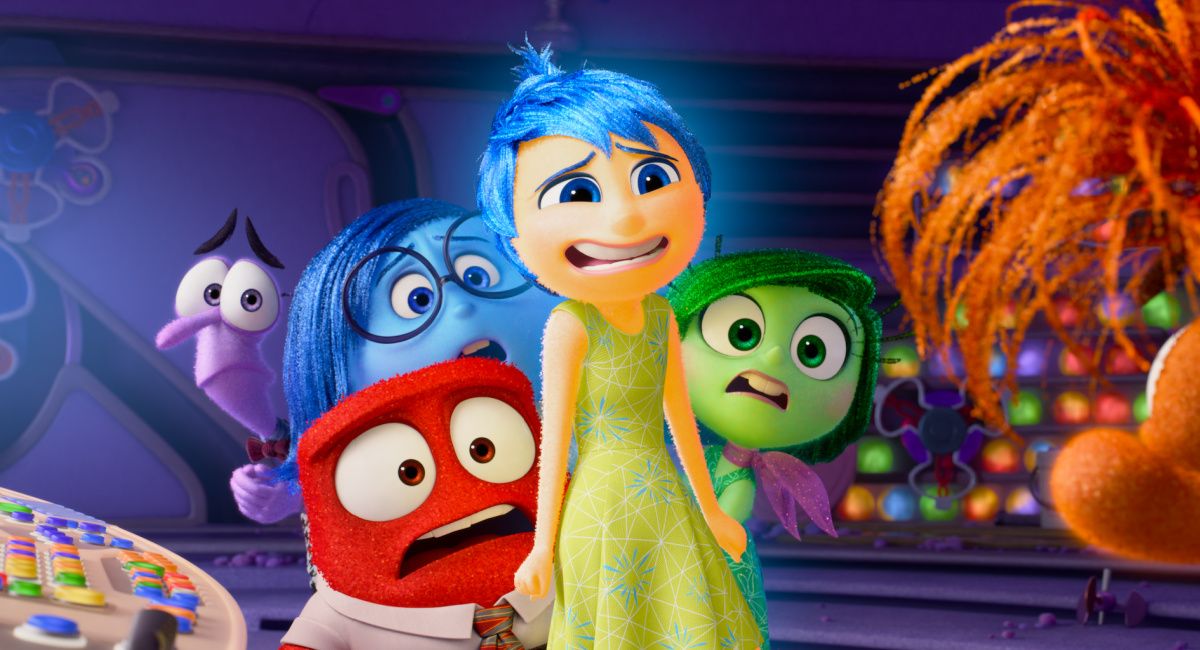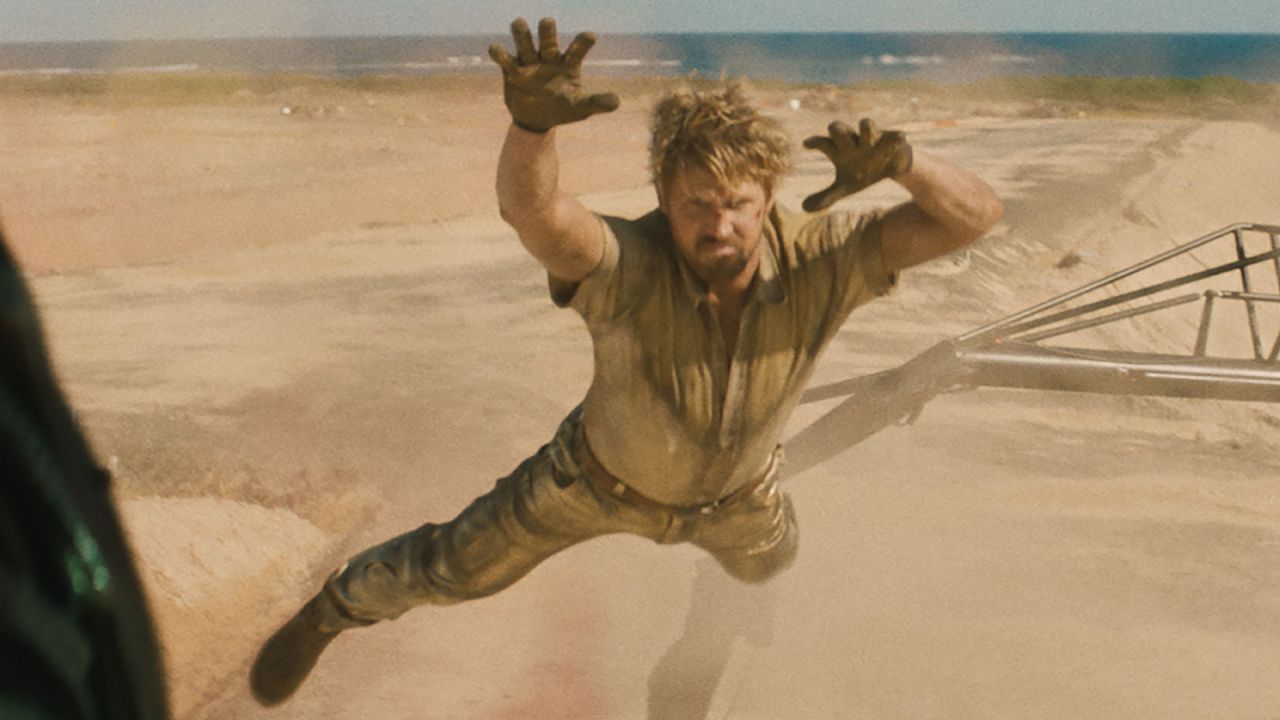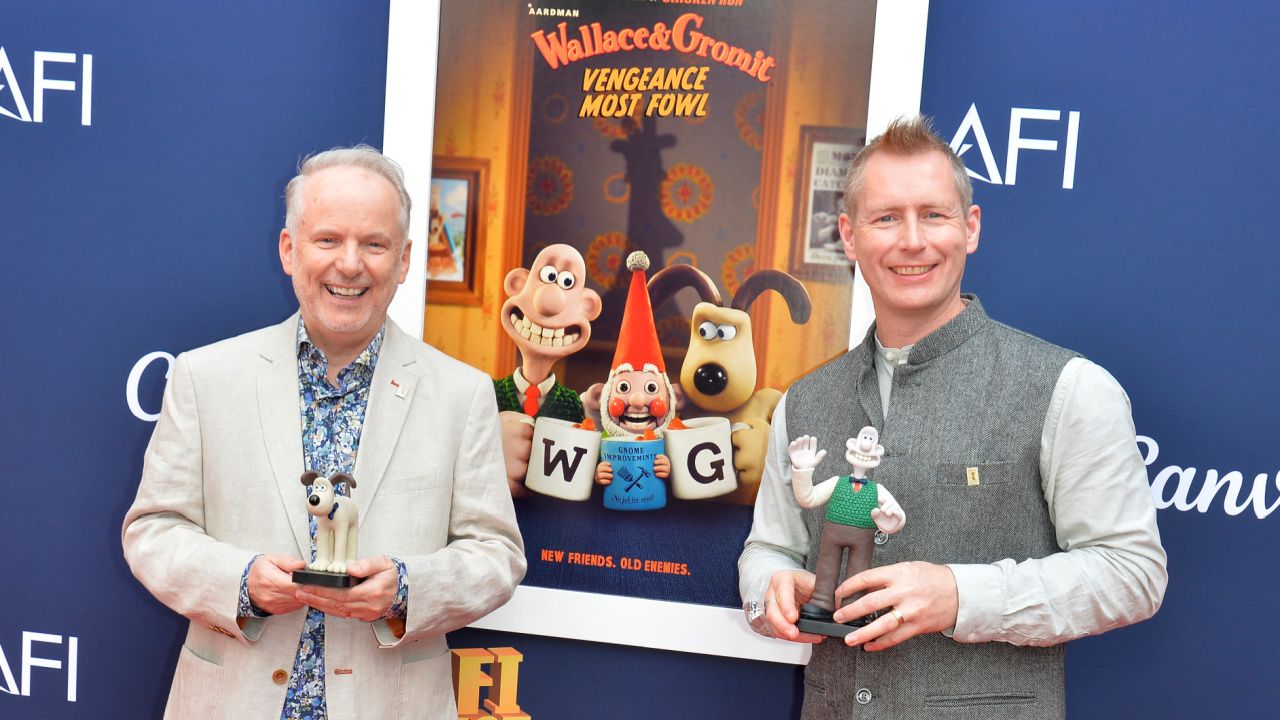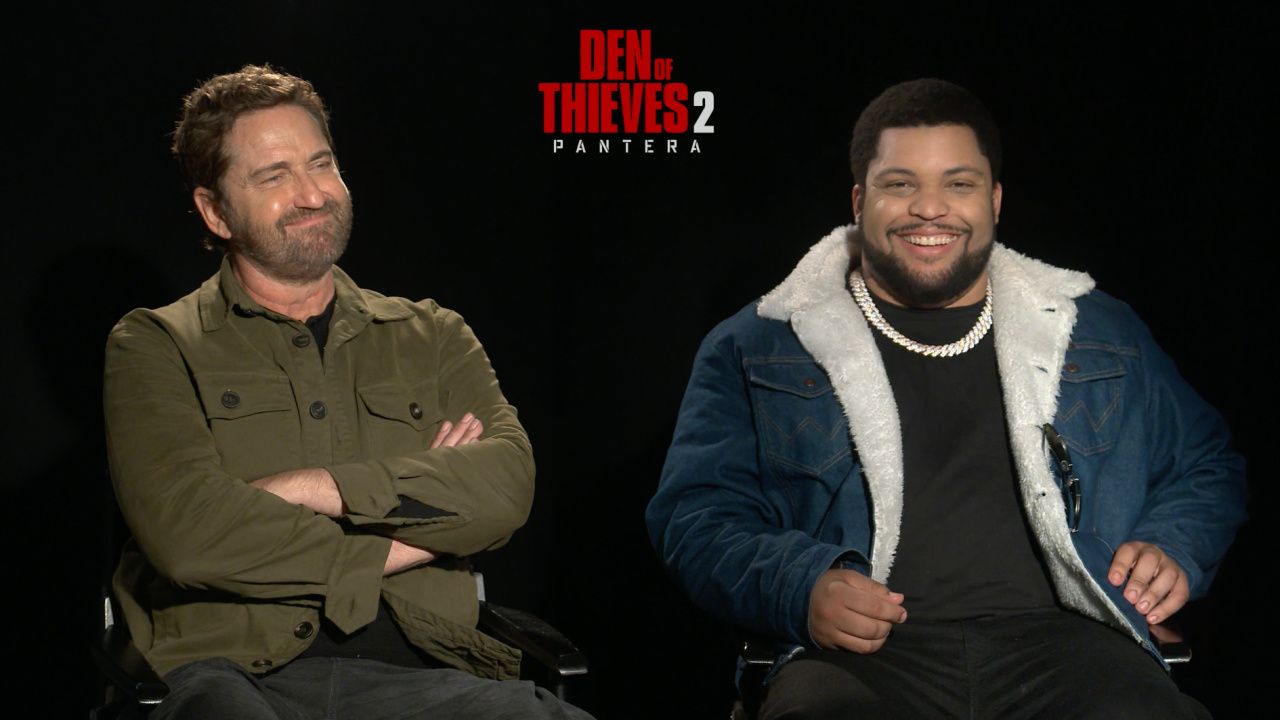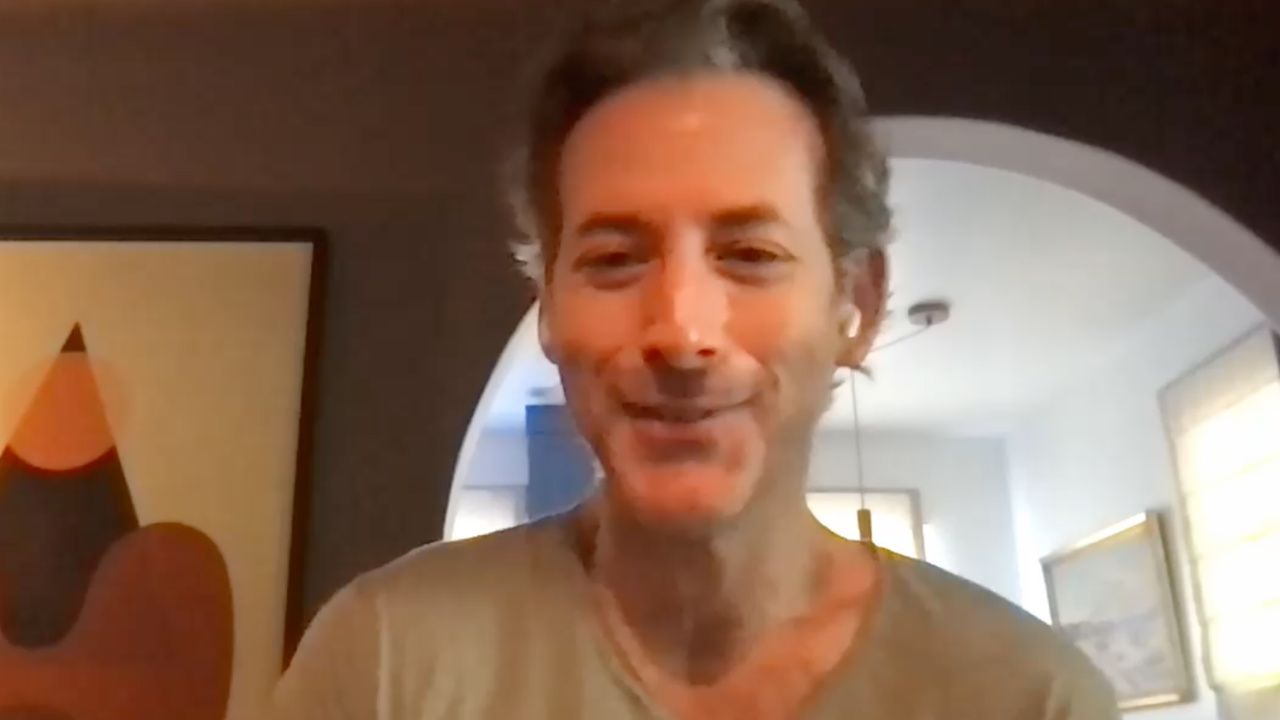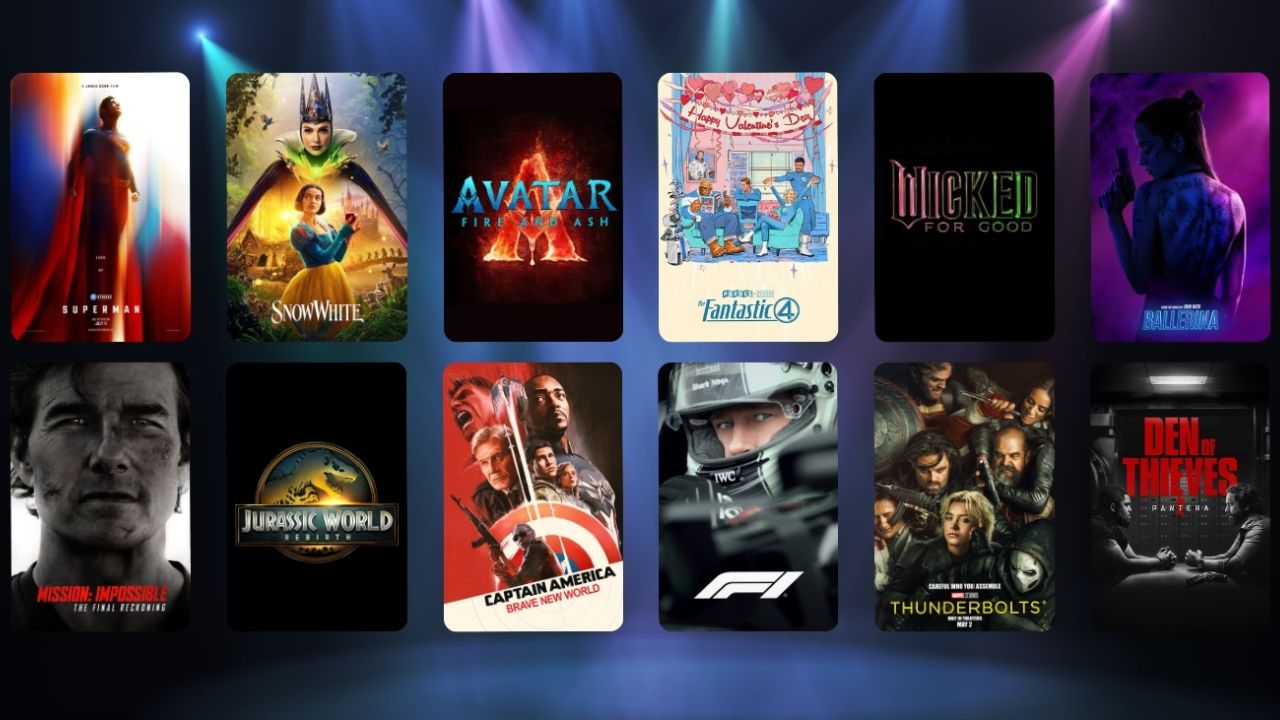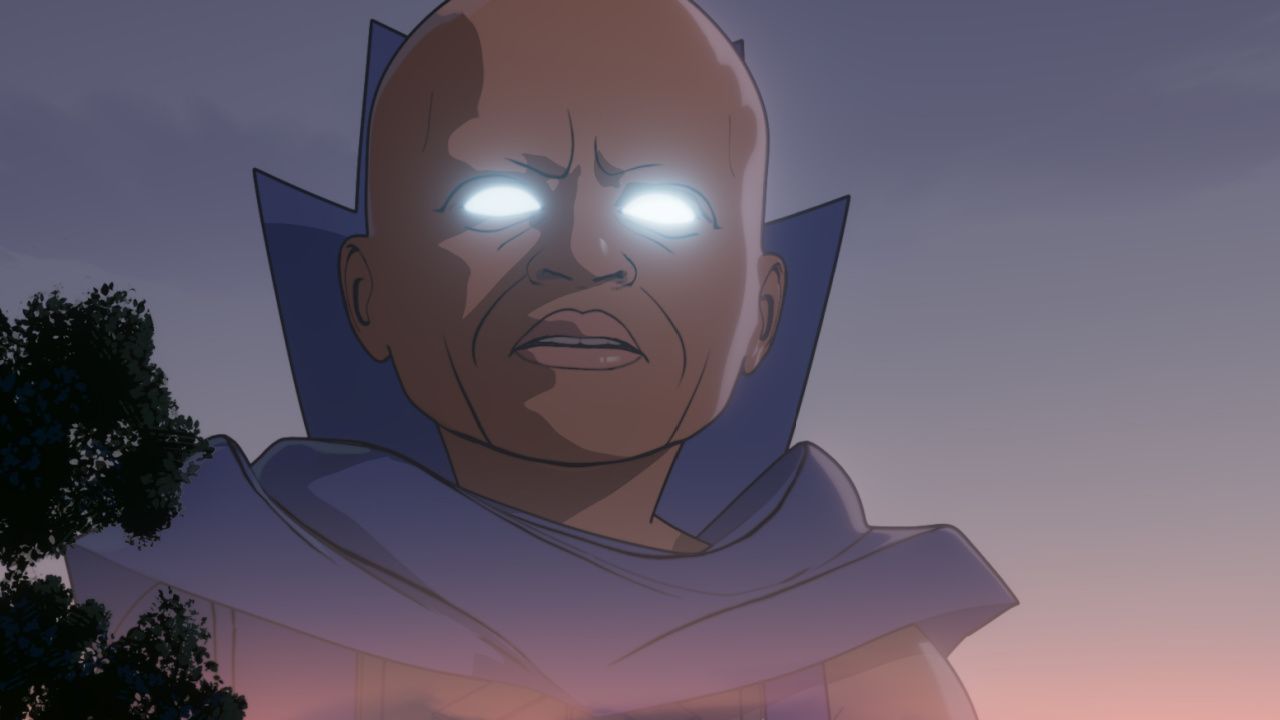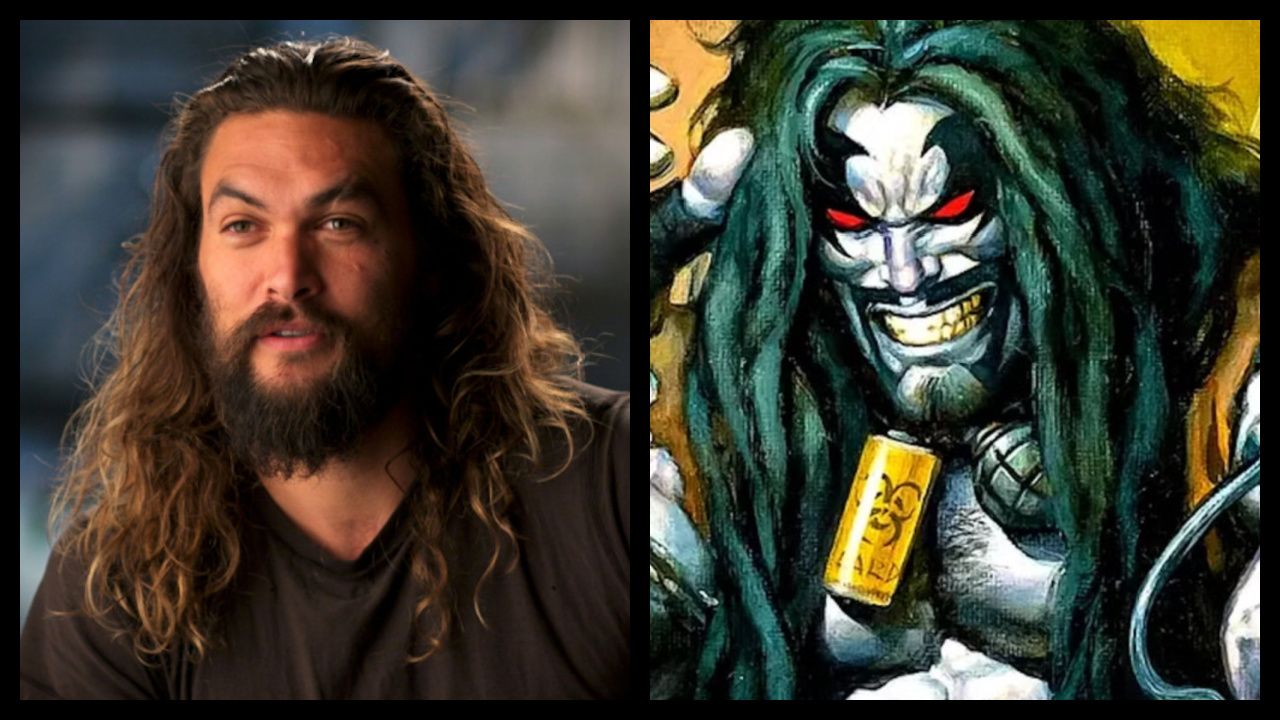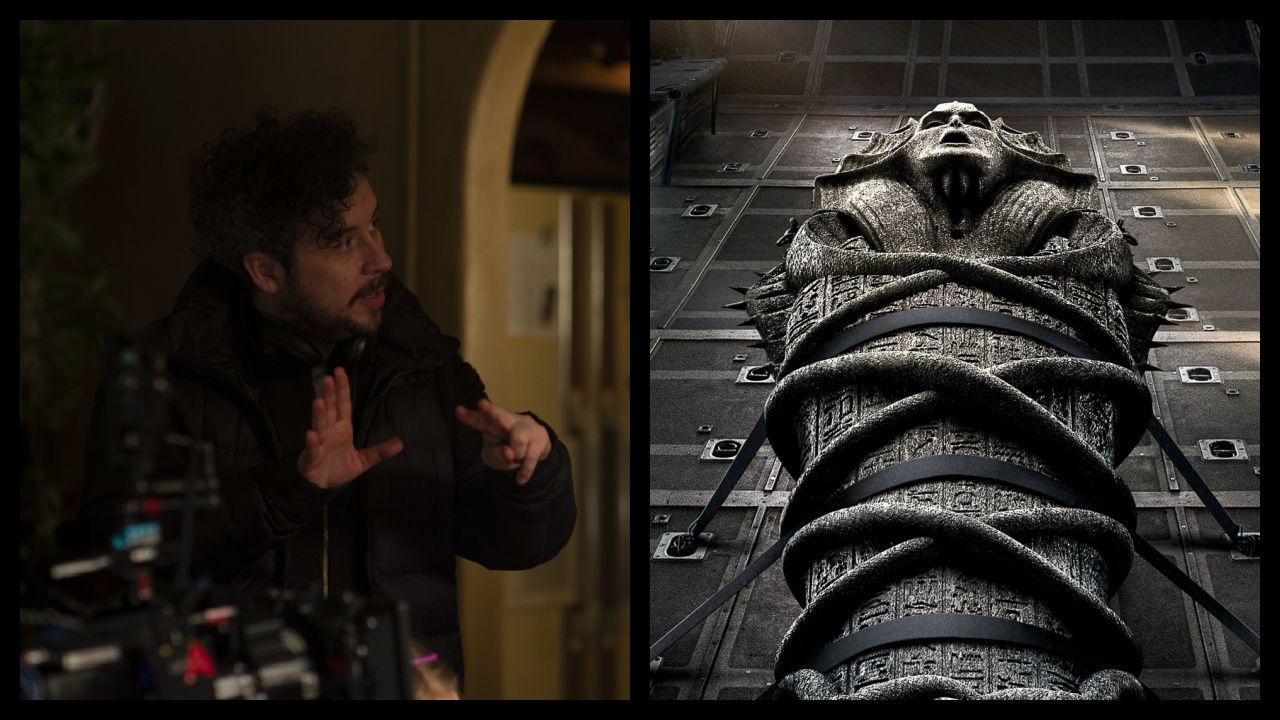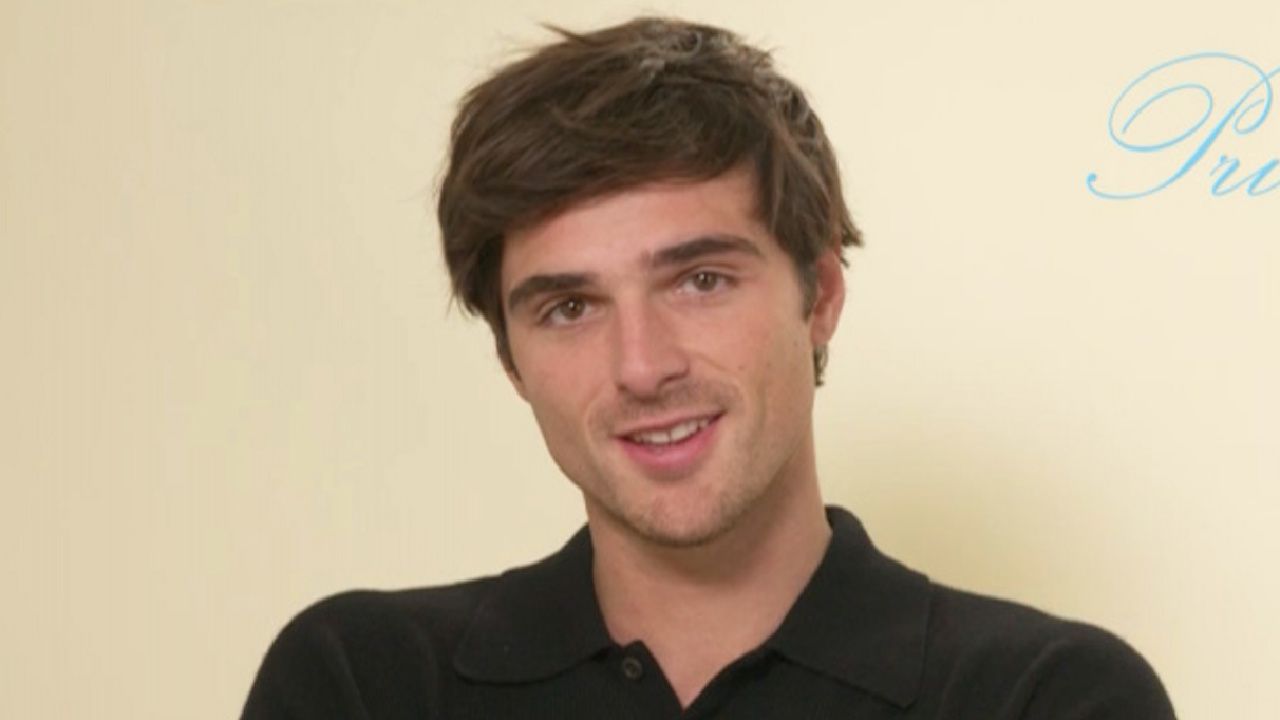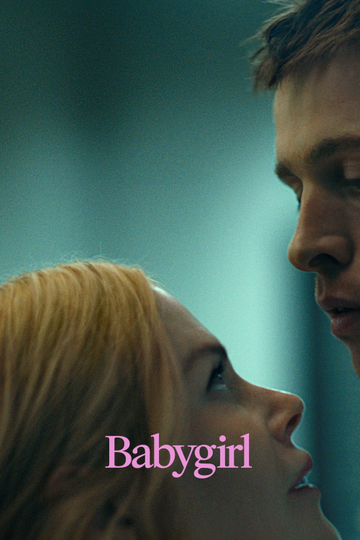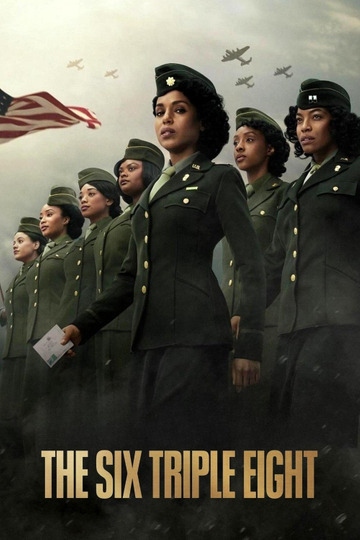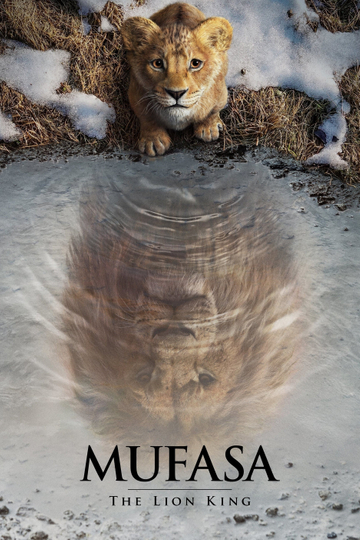Why Pixar's 'A Bug's Life' Vs. 'Antz' Was Such a Big Deal 20 Years Ago
Twenty years ago, one of the strangest cinematic showdowns occurred, between Pixar's "A Bug's Life" and Dreamworks' "Antz."
Both movies star computer-generated insects and both battled for box office supremacy. And while these days, both movies are hardly remembered aside from the unfortunate fact that they both star widely-accused sex offenders (yikes), the behind-the-scenes tumult that surrounded their production and release remains as fascinating as ever. “A Bug’s Life” and “Antz” weren’t just conspicuously similar animated features, they were mastheads in a violent battle between warring corporate entities.
Let’s start at the beginning. In 1995, “Toy Story” was released to a rapturous response. Not only was it a technological breakthrough, serving as history’s very first fully computer animated feature, but it was also an emotionally resonant and artistically sound creative accomplishment, too. A year before the film hit theaters, a then-nascent Pixar started developing its second feature, then called, simply, “Bugs.” But in the years since “Toy Story’s” celebrated release, Jeffrey Katzenberg, a top Disney executive who was chiefly responsible for bringing Pixar to Disney, defected, ultimately forming DreamWorks SKG with pals Steven Spielberg and David Geffen.
By the time “Toy Story” was in post-production on the Universal lot, DreamWorks had already set up shop nearby, and “Toy Story” director John Lasseter had stopped by the new office to talk about their follow-up project (“Bugs”) and get some friendly creative input from his former boss. A Business Week article from 1998 noted that, “Lasseter left the meeting with no sense of concern.”
Hindsight, though, illuminates a lot.
In Walter Isaacson’s “Steve Jobs” biography, Lasseter said, “I should have been wary. Jeffrey kept asking questions about when it would be released.” And the when of it was incredibly important.
Lasseter had told Katzenberg that Disney and Pixar hoped to have “Bugs” (finally “A Bug’s Life”) ready by the fall of 1998. That was the same timeframe that Katzenberg had earmarked for DreamWorks’ first animated epic, a splashy biblical tale called “The Prince of Egypt” that featured a starry vocal cast (among them: Val Kilmer, Ralph Fiennes, Sandra Bullock, and Jeff Goldblum) and creative principles all mined from Disney (lyricist Stephen Schwartz, composer Hans Zimmer, and co-director Brenda Chapman). Katzenberg wanted “The Prince of Egypt” to be a sensation and was noticeably concerned about going up against Pixar’s sophomore feature, so he quietly put a second, computer-animated project into development: “Antz,” with the animation being handled by Pacific Data Images, a studio closely associated with Pixar.
Supposedly, it was PDI chief Carl Rosendahl who broke the news to Lasseter about the development of “Antz.” Rosendahl laid it all out for Lasseter: DreamWorks had agreed to purchase 40% of the struggling PDI, but only if the studio could deliver “Antz” before “Bug's Life.” (“Antz” was originally scheduled for the spring of 1999, but it was then moved to October 2, 1998.)
In terms of the official story, Lasseter claims to have read about the film’s development in the trades.
David Price’s book, “The Pixar Touch,” recounts that Katzenberg gave PDI “rich financial incentives” to make sure they could beat Pixar to the punch. In the Business Week article, Lasseter said that he called Katzenberg and said: “Jeffrey, how could you?” Lasseter went on: “[Katzenberg] started talking about all this paranoid stuff about conspiracies -- that Disney was out to get him.... He said he had to do something. That's when I realized, it wasn't about me. We were just cannon fodder in his fight with Disney." (This was during the time that Katzenberg had engaged in a costly legal battle with Michael Eisner over profit sharing -- the court would ultimately rule in Katzenberg’s favor.)
Shortly thereafter, Katzenberg offered a deal: He would cancel production on “Antz” if Disney would move “A Bug's Life” away from “The Prince of Egypt.” Lasseter, somehow, was even angrier, storming into Pixar CEO Steve Jobs’ office. In the Business Week article, Jobs said that he told Lasseter, “There’s a word in the dictionary for this, it’s called extortion.”
Katzenberg then called Jobs. Jobs didn’t budge. Katzenberg later denied that those phone calls had taken place.
In 1998, Lasseter said that the dust-up caused by the competing productions had “completely changed the community.” After all, they were so friendly with PDI that the two studios would co-host parties at the industry trade show SIGGRAPH. But now they were locked in a battle orchestrated by competing corporations and the men with very big egos behind those corporations.
Still, it stung Lasseter personally. “The whole idea was to draw us into a bugs vs. bugs war, so they'd get compared to us," Lasseter told Business Week. According to “The Pixar Touch,” Lasseter had referred to “Antz,” with its muted color scheme and more rudimentary animation, as the “shlock version” of “A Bug’s Life.” At the time of the film’s release, Jobs told the Los Angeles Times that, “The bad guys rarely win.”
Sure, “Antz” beat “A Bug’s Life” to the box office and brought in a respectable $90 million domestic and $81 million foreign, which is even more impressive when you consider that it inadvertently wound up being the first animated feature from DreamWorks (and PDI). But when “A Bug’s Life” flew into theaters a few weeks later, it racked up $163 million domestic and another $200 million, it handily squashed “Antz.” If DreamWorks and PDI were the bad guys in the scenario, as Jobs had suggested, they certainly didn’t win.
Yet what Katzenberg knew -- and when he knew it -- remains the biggest mystery. According to the Jobs biography, Katzenberg reached back out after the smash success of 2001’s “Shrek.” That film, which largely lampooned Disney, was an undeniable sensation, even if large swathes of it were stolen from a Disney animator at the time (that’s a whole 'nother story). It was after “Shrek’s” success that Katzenberg told Jobs, again, that he had no idea about “A Bug’s Life” while working at Disney and that if he had known about it, he would have made more money thanks to his lawsuit and the associated profit participation owed him, than actually producing “Antz.”
Jobs didn’t buy it and Lasseter remained incensed.
In fact, when DreamWorks Animation was up for sale a few years ago, Disney could have easily bought the studio and folded those characters into its already-bursting portfolio. But it was Lasseter who stopped any deal from going forward. He was still stung by “Antz.”







